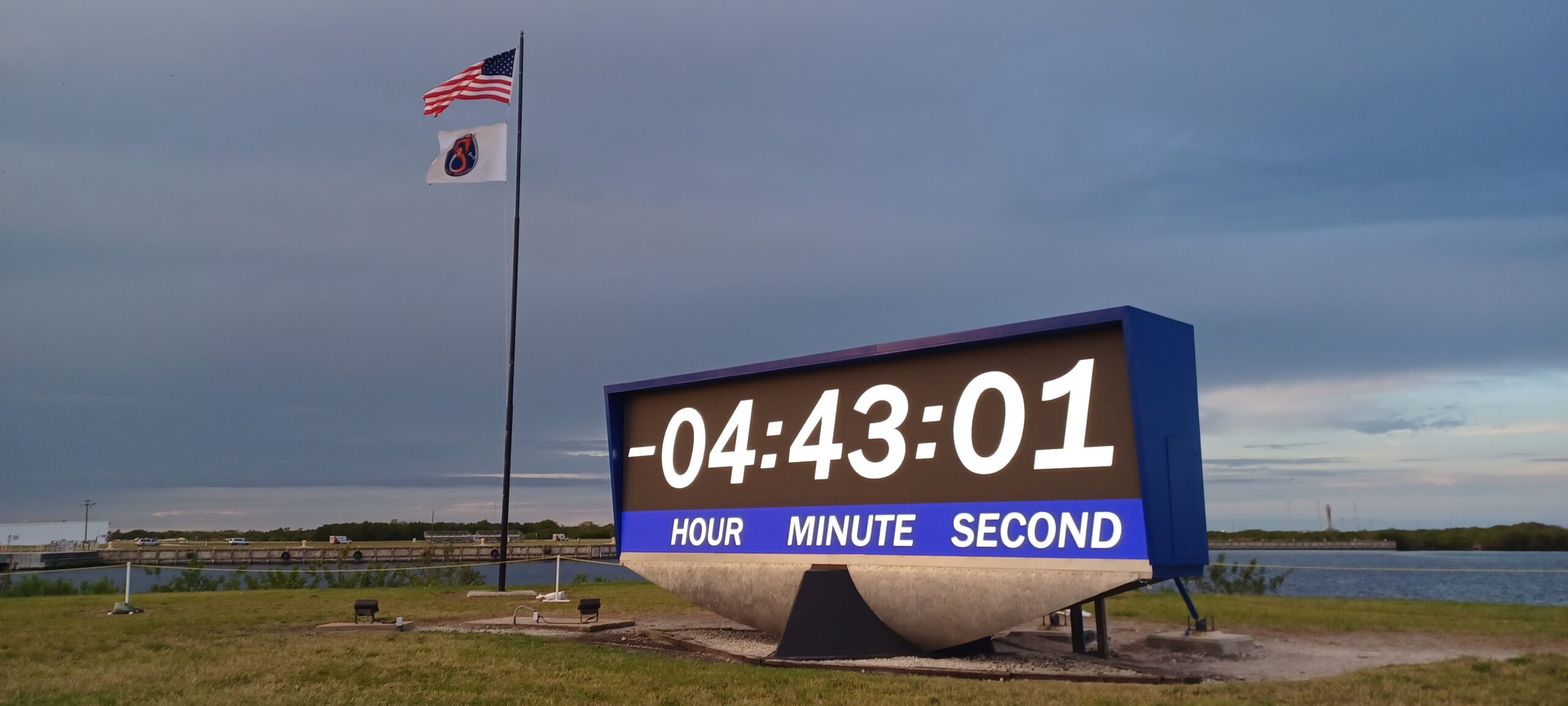
The Expedition 71 crew is now targeting no earlier than Saturday, May 11, to welcome two astronauts who are due to launch the day prior to the International Space Station aboard Boeing’s Starliner spacecraft. In the meantime, the orbital septet resumed their normal activities on Tuesday researching a variety of space phenomena and maintaining lab systems.
A technical issue prevented the May 6 launch attempt of Boeing’s Starliner spacecraft atop the Atlas V rocket from ULA (United Launch Alliance) to the space station. Starliner Commander Butch Wilmore and Pilot Suni Williams, both NASA astronauts, safely exited Starliner on Monday night and returned to their crew quarters at NASA’s Kennedy Space Center.
NASA, Boeing, and ULA are now targeting the launch of the agency’s Boeing Crew Flight Test for no earlier than Friday, May 10, pending resolution of the technical issue. Teams are analyzing data to determine whether to replace a pressure regulation valve on the Atlas V rocket’s Centaur upper stage. Mission managers provided an update during a press conference at Kennedy.
Back on orbit, the four astronauts and three cosmonauts adjusted their shifts and continued studying life science and space physics. The seven outpost residents also serviced life support systems and lab hardware ensuring the station remains in tip-top shape.
NASA Flight Engineers Tracy C. Dyson and Matthew Dominick first partnered together on Tuesday for neck, shoulder, and leg vein scans with the Ultrasound 2 device. Next, the duo spent the afternoon transferring cargo in and out of the Cygnus space freighter attached to the Unity module’s Earth-facing port.
Astronauts Mike Barratt and Jeanette Epps, both NASA flight engineers, spent a portion of their day swapping out life support and orbital plumbing gear inside the Harmony and Tranquility modules. Barratt then set up research hardware in the Microgravity Science Glovebox for the Transparent Alloys physics investigation. Epps inspected and serviced multipurpose research hardware that can host many different space experiments.
Station Commander Oleg Kononenko from Roscosmos started his day monitoring carbon dioxide levels and swapping electronics gear before jogging on a treadmill for a regularly scheduled fitness test in the afternoon. Flight Engineer Nikolai Chub installed gear that will monitor the condition of surfaces affected by the external microgravity environment on the outside of the space station, and Flight Engineer Alexander Grebenkin worked in the Nauka science module on orbital plumbing duties.
Learn more about station activities by following the space station blog, @space_station and @ISS_Research on X, as well as the ISS Facebook and ISS Instagram accounts.
Get weekly video highlights at: https://roundupreads.jsc.nasa.gov/videoupdate/
Get the latest from NASA delivered every week. Subscribe here: www.nasa.gov/subscribe








